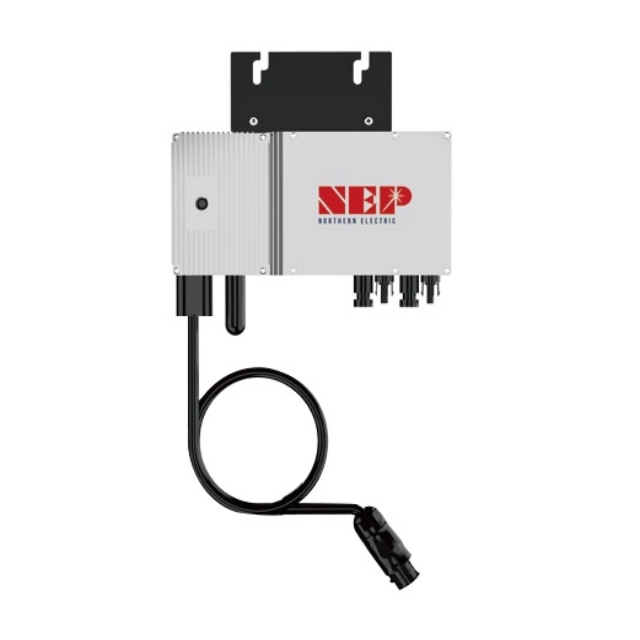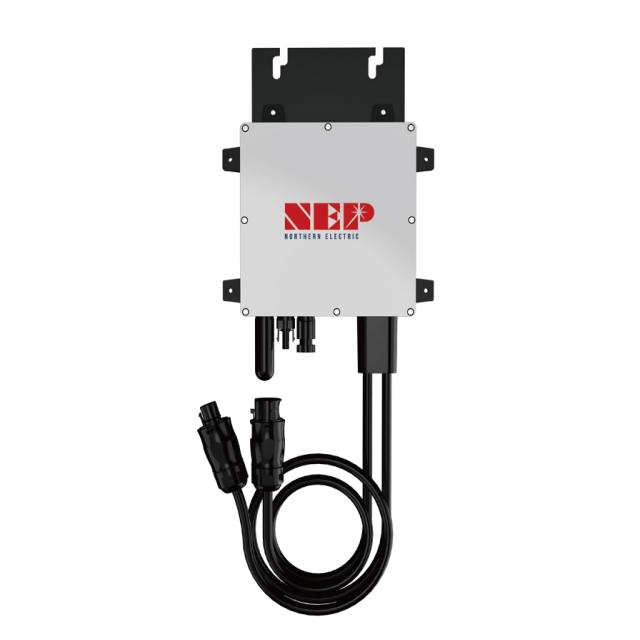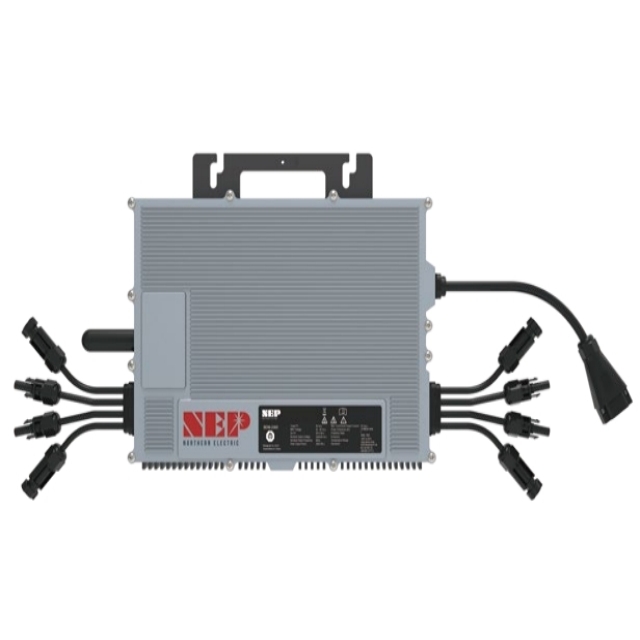Author:BLD Solar Energy SystemFROM:Solar System Converter Manufacturer TIME:2023-12-30
Introduction:
Welcome to the User Guide for Solar Panels with Microinverters. In this guide, we will provide you with all the information you need to know about solar panels and how they work with microinverters. By the end of this guide, you will have a clear understanding of the benefits of using solar panels with microinverters and how to effectively utilize them.

Solar panels are devices that convert sunlight into electricity. They are made up of photovoltaic cells that absorb sunlight and convert it into direct current (DC) electricity. These panels are commonly installed on rooftops or open areas where they can receive maximum sunlight exposure.
The DC electricity produced by solar panels needs to be converted into alternating current (AC) power to be used in our ho

Microinverters are small electronic devices that are typically attached to each solar panel. Their main function is to convert the DC electricity generated by the solar panel into AC electricity that can be directly used by our electrical appliances and fed back into the grid.
Unlike traditional string inverters, which are connected to a string of solar panels, microinverters offer several advantages. They optimize energy production by individually managing the output of each solar panel, ensuring that even if one panel is shaded or underperforming, the others can still operate at their full potential.
Additionally, microinverters provide real-time monitoring of the performance of

Installing solar panels with microinverters is a straightforward process. Here are some key steps:
a) System Design: Work with a professional solar installer to determine the optimal number of panels needed and their placement to maximize energy production.
b) Installation: The solar panels will be securely mounted on your roof or ground-mounted using specialized equipment. Each panel will have a microinverter attached to it.
c) Wiring and Connections: The microinverters will be connected to each other and to an electrical panel inside your home or business. This will enable the generated AC electricity to be used directly or fed back into the grid.
d) Monitoring and Maintenance: Once the system is operational, you can use the provided monitoring software or app to track the performance of your solar panels and identify any issues that may arise. Regular cleaning and inspection of the panels will help ensure their efficiency and longevity.
Summary:
In conclusion, solar panels with microinverters offer numerous benefits in terms of energy production optimization, real-time monitoring, and simplified troubleshooting. By understanding the basics of solar panels and microinverters and following the installation and maintenance process, you can effectively harness the power of solar energy and contribute to a sustainable future.
